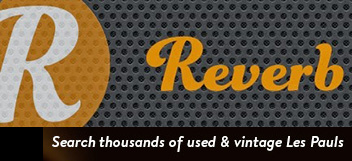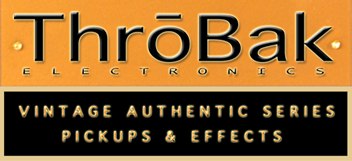Thundermtn
Member
- Joined
- Dec 30, 2016
- Messages
- 548
I really appreciate the tips and growth directions.
I have a good grasp of the pentatonic scale and use it but I think part of my problem and what has kept me from really digging in and developing up to now has been finger size, especially above the 14-15th fret. My ring size is 13.5, for most people it would be like playing with gloves on. It's like having to re-learn how to play a little when stuff isn't shaped the same finger wise up there due to how I'm cheating my normal style. I am getting cleaner notes by leaving my ring finger out of the way or using it to mute, and using my pinky for hammer on's. The box is just my index and middle fingers up that high.
The licks will more than likely start coming faster though. mdubya, I'm starting to hear pieces of other lead lines as I'm smoothing out the first solo from Miss. Queen, there's a bend and pull off in there that are super Jimmy Page sounding. Seems sort of like learning Black Sabbath main riffs, once you've got a few down the rest come a lot easier.
I have a good grasp of the pentatonic scale and use it but I think part of my problem and what has kept me from really digging in and developing up to now has been finger size, especially above the 14-15th fret. My ring size is 13.5, for most people it would be like playing with gloves on. It's like having to re-learn how to play a little when stuff isn't shaped the same finger wise up there due to how I'm cheating my normal style. I am getting cleaner notes by leaving my ring finger out of the way or using it to mute, and using my pinky for hammer on's. The box is just my index and middle fingers up that high.
The licks will more than likely start coming faster though. mdubya, I'm starting to hear pieces of other lead lines as I'm smoothing out the first solo from Miss. Queen, there's a bend and pull off in there that are super Jimmy Page sounding. Seems sort of like learning Black Sabbath main riffs, once you've got a few down the rest come a lot easier.



